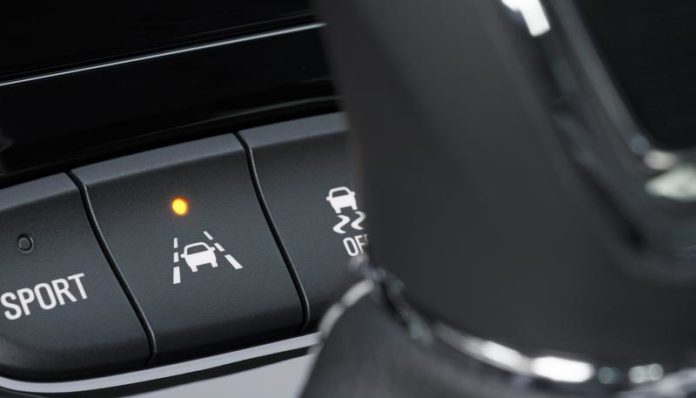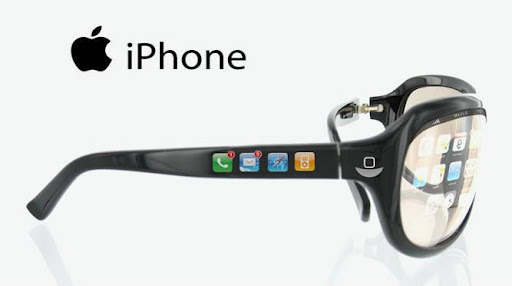Technology has come a long way, especially when it comes to cars. The days when the only options were manual transmissions, windows, and locks are long gone. In fact, it seems today it’s nearly the opposite, with cars becoming more automated and more reliant on computer systems. Many advancements have been made in the name of safety—and to great effect. Some safety features are naturally included as a part of the car, while others are options you’ll need to have added, and it can all depend on what car you’re looking at on top of that. So what are some car technology improvements that help keep you safe?
Self-Sealing Tires
Getting a flat tire is pretty much never a good thing and always seems to happen at the worst possible time. If you’re really unlucky and you get stuck trying to handle a blown tire on the freeway you can be in for a pretty scary situation, and getting it changed is both inconvenient and dangerous. It’s hard to believe something as small as a nail can cause such a problem, but all too often that’s exactly what happens. Fortunately, self-sealing tires can help with that.
Self-sealing tires are pretty much what they sound like. They’re tires with a layer of sealant inside that help close up holes if something punctures the tire tread. This can be a real lifesaver, possibly even literally, if you happen to pick up a nail as you’re driving. These tires can be great since they’re essentially just conventional tires with sealant inside, so they don’t need special equipment to put them on and you can mix and match them with existing tires, unlike run-flat tires. The downside to self-sealing tires is that the sealant is only on the part of the tire with tread. If you puncture the wall of the tire, or if the hole in the tread is too big, you’ll still end up with a flat tire. Still, they’re a safer option than a regular, conventional tire.
Anti-Collision Warning Systems
Everyone’s probably been in a situation where traffic suddenly stops without warning. Maybe you’re just a second, or even less, away from rear ending the car in front of you when you come to a stop, leaving you hoping and praying that the cars behind you react at least as well, if not better so they don’t bump you from behind. Whether the reason is that someone cut in front of you or you were distracted, anti-collision warning systems have been a boon when it comes to helping drivers avoid accidents.
Anti-collision warning systems work by sensing obstacles, usually cars, out ahead and monitoring the speed of the vehicle they’re installed in, that of those in front of them, and the distance between. When those metrics reach levels that are likely to result in a collision, the system alerts the driver to take action. Some vehicles automatically respond by breaking or steering independently of the driver. These systems have been shown to be effective in reducing the rate of head-on crashes.
Limp Mode
Limp mode is what your car does when it detects a serious problem in normal functions. To anthropomorphize a vehicle, it’s an attempt at self-preservation. Upon detecting a critical malfunction such as damaged wiring, a sensor malfunction, low fluids, or a failed transmission, the vehicle turns off all extra unnecessary features such as radio and air conditioning to preserve power for essential functions. If your check engine light is on, the car enters limp mode until repaired. You’ll have to slow down, as you’ll likely be limited in how fast you are able to go, which can spell trouble for driving on the freeway. On the other hand, it might help the car last long enough to limp to a mechanic where you can fix the problem. Fixing the problem is the best way to get your car out of limp mode. Like all car problems, whatever has triggered your car to go into limp mode won’t go away if you ignore it. You have to fix the problem that caused it in the first place.
Lane Keeping Assist
Lane keeping assist systems are another proven safety feature. They have been shown to reduce injury accidents by 21 percent when it comes to sideswipe accidents. Lane keeping assist systems work by sensing lane lines in relation to the position of the vehicle. If the system registers the vehicle moving outside of the lane, it sends a signal to the driver. This can come by way of an audible alert, a vibration through the steering wheel, or both.
If the driver fails to respond, the system may gently guide the vehicle to stay within the lane lines. While this sounds like it allows the driver to take a back seat, so to speak, that isn’t the case. This system requires clearly visible lane lines to function, so if the lines are faint, covered, or non-existent, it’s all on you as the driver.
Smart Airbags
Airbags were first thought of in 1952 and have been a regular installment in cars since the 1970’s. They’re in large part the reason why relatively few car accidents result in the death of occupants, though to be fair, they’ve caused their own share of injuries and even death. Fortunately, advancements in airbags and deployment systems have reduced that as well. Airbag systems can now detect whether or not there is a passenger in a seat where an airbag might deploy. They can also detect the weight, seating position, and whether or not a seat belt is being used. Using this information, the system is able to exert a degree of control over the deployment of the airbag, including how much force is used and whether or not it even deploys at all.
Smart Headlights
Ever been blinded by someone’s brights while driving at night? It’s pretty dangerous and can be a little scary. Enter smart headlights. These headlights are able to control where light is projected in front of the car using shutters that are a part of the light system. This prevents lights from high beams from shining in the eyes of oncoming drivers. It’s even supposed to be able to reduce the impact precipitation has on visibility. Sounds great, right? Well, unfortunately it isn’t legal in the US yet.
Concerns over glare have had the NHTSA dragging its feet over the necessary amendments to the FMVSS. In the meantime, the US does allow auto-dimmer features that enable vehicles to sense other vehicles and automatically switch between high-beam and low-beam headlights. This is a useful feature as well, since it doesn’t require the driver to adjust the lights, but it may not react in time to avoid accidentally flashing another driver.
Driving a car is safer than ever, thanks to new technology. With innovation in materials and automation features, cars are starting to make up the difference when it comes to human error. While this doesn’t allow drivers the luxury of not paying attention to the road and their surroundings, it can help reduce the risk of getting into an accident. Keep in mind that not all cars come with all features. Carefully consider which features you value most and allow that to guide your decision when it comes to upgrading your vehicle.
Read this next: How the Digital Age Is Changing the Used Car Buying Experience



















